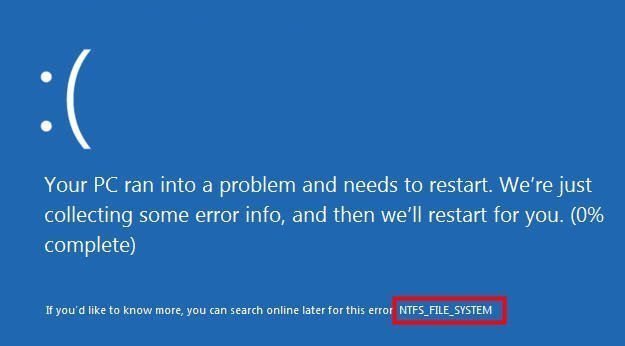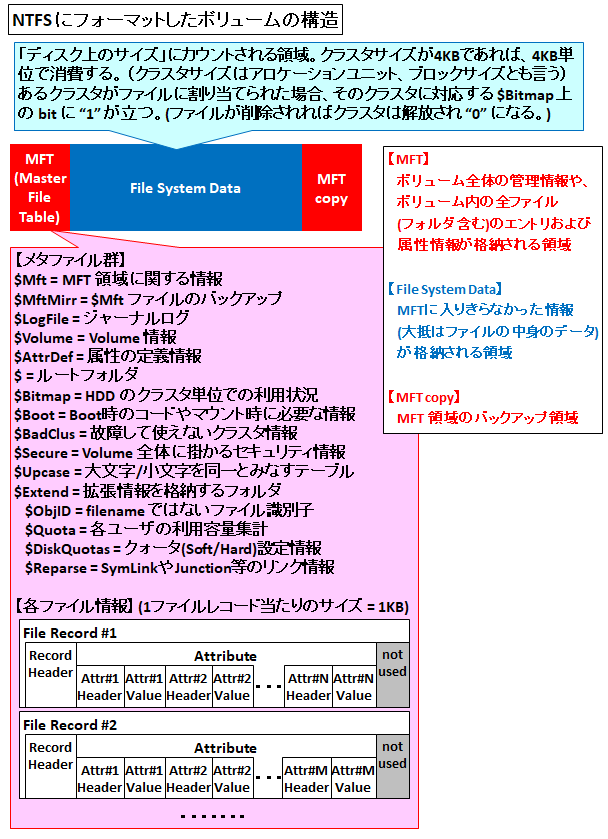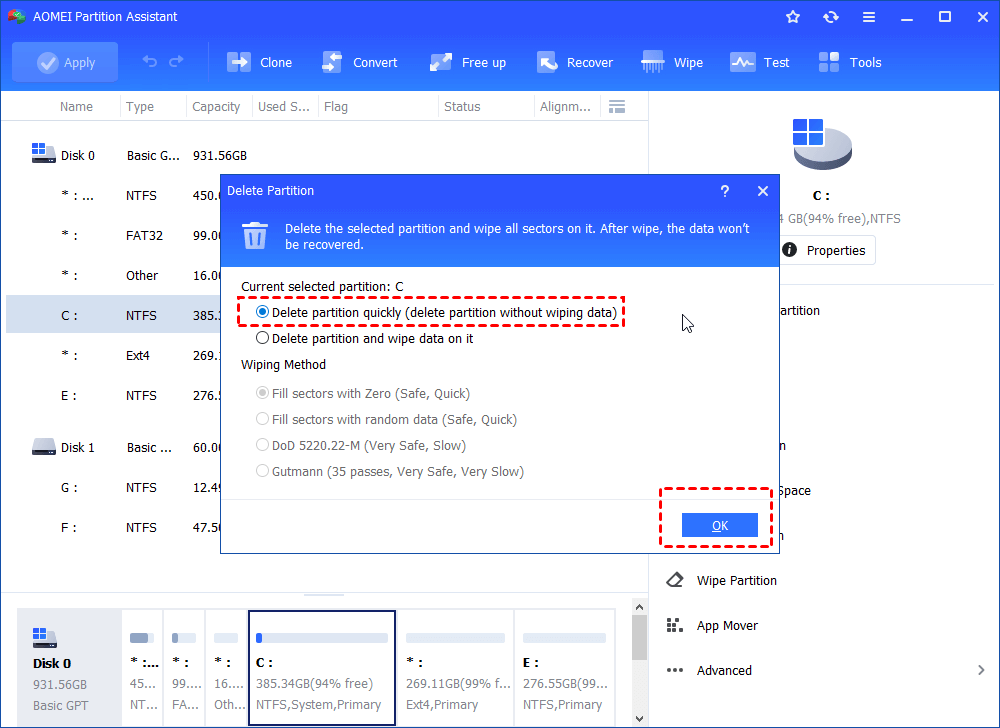
To resolve this issue, you may want to use the autogenerated 8.3 name to access the file. Resolution 1: Use an autogenerated 8.3 name to access the file You can't open, edit, or delete a file if there are issues with the file path. Cause 4: Files exist in paths that are deeper than MAX_PATH characters However, Chkdsk returns the file system to an internally consistent state. Depending on the nature of the corruption, Chkdsk may or may not recover file data. When the file system detects corruption, it logs an event to the event log and you typically receive a message that prompts you to run Chkdsk. Typical operations may fail in various ways. The following reasons can corrupt the file system and put files in a problematic state: To resolve this issue, run the Chkdsk utility on the disk volume to correct any errors. You can't delete the file if the file system is corrupted. Cause 3: File system corruption is preventing access to the file To resolve this issue, determine the process that has the open handle, and then close that process. Additionally, you may not be able to access the Security dialog box for a file that's pending deletion. But the file isn't deleted until the process that has the file open releases the file. You can use the Delete command to delete a file. You can use various tools to determine the processes that have open handles to files whenever you want. For example, the file is open for exclusive access instead of shared access. To resolve this issue, determine the process that has the open handle, and then close that process.ĭepending on how the file is opened, you may not be able to delete a file that's in use. You can't delete a file if the file is being used. Even if you can't display or edit an ACL in place, you can write a new ACL to gain access to the file. If you experience this issue, use the most recent version of Cacls.exe. This issue has been corrected in later versions of Windows.


HOW TO REMOVE NTFS FILE WINDOWS
Sometimes you can't modify these ACLs correctly by using the Microsoft Windows Explorer graphical security editor. In some earlier versions of Windows, issues occurred when Windows tried to read these non-canonical ACLs. However, nothing prevents a program from writing an ACL that has ACEs in any arbitrary sequence. For example, ACEs that deny access typically come before ACEs that grant access. The Access Control Entries (ACEs) in an ACL have a certain preferred sequence depending on their type.

To work around this issue, use another tool (for example, a later build of Cacls.exe). You can't use certain security tools to display or to modify permissions because the file has a non-canonical ACL So, you may have to take ownership of a file, give yourself permissions to delete the file, and then delete the file. File owners have the implicit ability to modify file permissions, even if they aren't explicitly granted any permissions to the file. You may have to take ownership of the files to change the permissions.Īdministrators have the implicit ability to take ownership of any file, even if they haven't been explicitly granted any permission to the file. To resolve this issue, change the permissions on the file. You can't delete a file if the file uses an Access Control List (ACL). Therefore, the word file in this article indicates either a file or folder. Internally, NTFS treats folders as a special type of file.


 0 kommentar(er)
0 kommentar(er)
